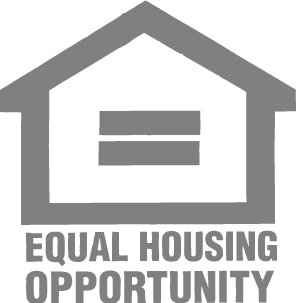Trends that began last year have recently resurfaced. Buyers’ and renters’ priorities are shifting as the economy continues its journey through the tumultuous year, uncovering unique opportunities. Austin’s single-family-built-for-rent market will most likely expand as we move further into 2020. What are SFBFRs? They are the comeback trend from 2019 that could help housing affordability and challenges to homeownership due to COVID-19 effects. With demand for single-family homes outpacing supply and even as individuals and families prefer the stand-alone home, not everyone can or wants to buy right now.
With unemployment rates increasing, down payment challenges are also on the rise. Meanwhile, low inventory continues to push home prices upward, and many home seekers are widening their search to include rentals. Renting affords the opportunity to live in specific geographic areas or communities with little commitment and less out-of-pocket cash. However, especially while health concerns have many people avoiding high-density housing, moving into an apartment does not tend to fit the needs of a large portion of the rental market. Professional millennials, those in transition (divorce, downsizing, upsizing), or empty nesters all have something in common: they want the convenience of renting with the privacy and quality of life of a single-family home.
In the first quarter of 2020, SFBFR activity increased from the previous year across the nation. Its share of build-to-rent homes is taking a larger chunk of the new-home market and many in Austin are seeking such an opportunity, in the form of both renters and builders. Projects such as Urbana, part of Goodnight Ranch in Southeast Austin, are building new homes with high-end finishes and private yards specifically to go directly on the rental market. These upgraded units for lease are a step above apartments, don’t require a long-term mortgage commitment, but still provide the amenities people want and need, such as washers and dryers, spacious floor plans, and someone else to manage the repairs. It’s a win-win.
Successfully investing in Austin real estate requires paying attention to the market and the demands of home seekers. As we head deeper into 2020 and monetary priorities shift for Austin buyers and renters, it’s critical for those looking to purchase rental property to adjust to them. If you need guidance on the current real estate trends or have questions about managing properties, contact Dona Brown. Her years of experience can save you time and money when investing in Austin. 512-721-1094.


